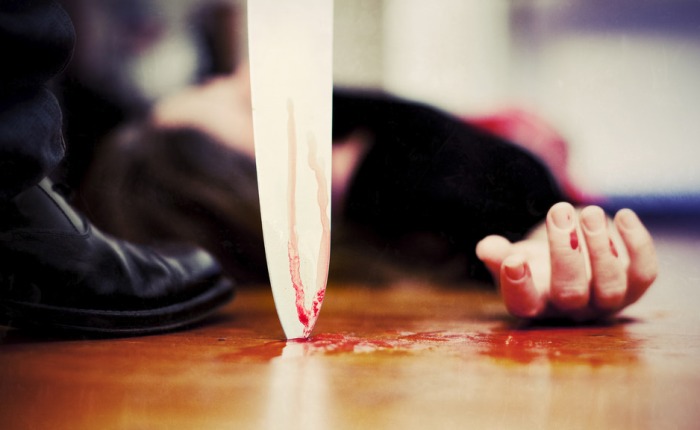You are absorbed in what you are reading. The characters are engaging, the plot is really going strong and the action has reached a dramatic climax. You turn the page and…the book ends. It’s not because the book is ending on a cliffhanger for the next book. The book just ends.
Has this ever happened to you? So frequently authors are so excited to be done with their book that they stop as soon as they’ve completed the main action. Every reader can tell that something’s missing, like the ending has been chopped off just as it got started. What’s missing? The wrap-up.
The wrap-up is the part of the book where we take time to decompress with our heroes. We find out what’s happened to them after the final action, we learn how they’re coping with a changed world. We learn whether that plucky band of adventurers who came together by chance are still friends or whether, now that the mission is finished, they have drifted back to the places from whence they came. The wrap-up is your time to play with “happy ever afters” or “unhappy ever afters,” depending on the type of book you’re working on. You can examine whether people simply go back to their normal lives or whether a fundamental change has happened to their world. You can zoom out and see the world as whole and how the common people reacted to the ending.
Wrap-up is important because it is the closure your reader (and you, the writer) so desperately need. It allows you to tie the bow on the package and really, truly be finished. It isn’t “The End” if there is no wrap-up. It’s just “and then…”








